Referring this question Making a custom UIView subview that fills its superview while trying to add constraints programmatically.
I am using the code below to add two constraints programmticly; however, I get an error states that "Unable to parse constraint format" because the related view doesn't have a superview.
private func setupDownView(view: UIView) {
let downView = try? DownView(frame: view.bounds, markdownString: "")
downView!.translatesAutoresizingMaskIntoConstraints = false
let viewsDict = ["view": downView!]
downView!.addConstraint(NSLayoutConstraint.constraints(
withVisualFormat: "V:|-0-[view]-0-|",
options: [],
metrics: nil,
views: viewsDict)[0])
downView!.addConstraint(NSLayoutConstraint.constraints(
withVisualFormat: "H:|-0-[view]-0-|",
options: [],
metrics: nil,
views: viewsDict)[0])
view.addSubview(downView!);
}
Does the view auto become the superview once it has been added to its subview?
I have tried to add the view before setting up the constrains by addSubview before addConstraint and I get the error "The view hierarchy is not prepared for the constraint".
setupDownView is called in the following two places,
@IBOutlet weak var cardTags: UIView! {didSet { setupDownView(view: cardTags)}}
@IBOutlet weak var cardContent: UIView! {
didSet {
setupDownView(view: cardContent)
let tap = UILongPressGestureRecognizer(
target: self,
action: #selector(QuizViewController.tapDownHandler)
)
tap.minimumPressDuration = 0
cardContent.addGestureRecognizer(tap)
}
}

